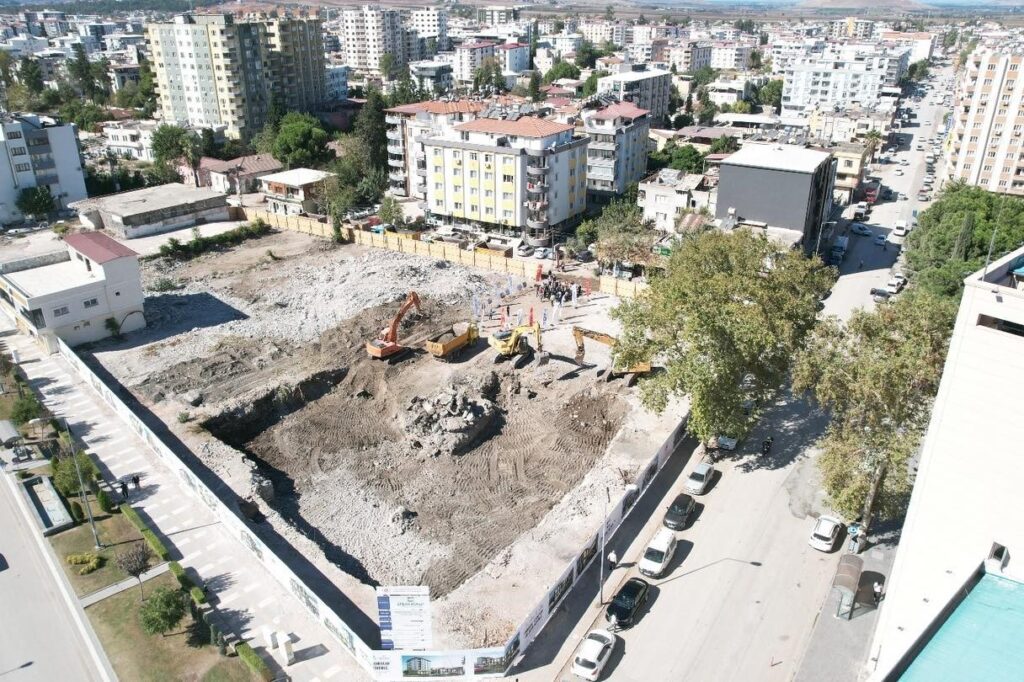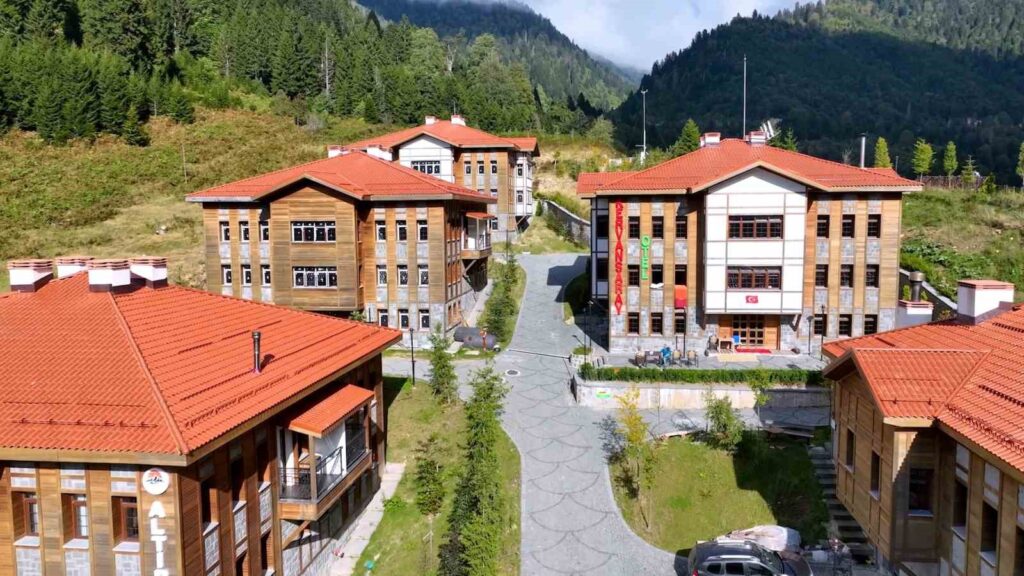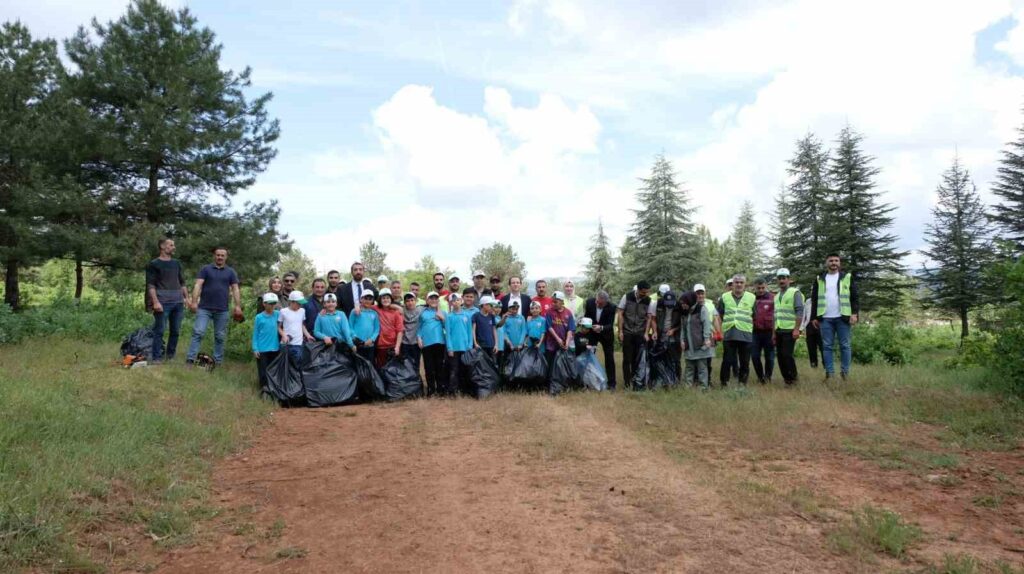The active faults in Van are being investigated by digging trenches to reach them.
Academics working at Van Yüzüncü Yıl University (Van YYÜ) are examining the active faults located to the north and south of Lake Van by digging trenches with the help of heavy machinery, assessing the potential future hazards of faults that could cause destructive earthquakes.

Academics working at Van Yüzüncü Yıl University (Van YYÜ) are investigating the future hazards of active faults that could cause destructive earthquakes by digging trenches with the help of heavy machinery in the northern and southern parts of Lake Van.
Under the TÜBİTAK-supported project “Determination of the Paleoseismological Properties of Active Faults in Turkey,” which has a budget of 8.5 million Turkish Liras, studies are being conducted in the Yüksekova-Şemdinli Fault Zone, Başkale, Erciş, and Tutak fault zones. The research team led by Prof. Dr. Azad Sağlam Selçuk, Director of the Van Disaster Management and Earthquake Application and Research Center, Prof. Dr. Levent Selçuk, a faculty member of the Department of Applied Geology at the Faculty of Engineering at Van YYÜ, and Dr. Lecturer Sacit Mutlu from the Department of Emergency and Disaster Management at the Vocational School of Security at Van YYÜ, is examining the active faults located in the north and south of Lake Van. The project meticulously investigates the future earthquake production potential of these faults.
“It is being conducted with a support of 8.5 million liras”
Speaking to IHA, Dr. Lecturer Sacit Mutlu, Deputy Director of the Disaster Management and Earthquake Application and Research Center, stated that they are conducting their studies in the northern and southern parts of Lake Van as part of the project “Determination of the Paleoseismological Properties of Active Faults in Turkey.” Dr. Lecturer Mutlu said, “Especially the Şemdinli-Yüksekova Fault Zone, which is located just south of Lake Van and is considered a seismic gap, as well as the Başkale Fault Zone, which was mapped by the MTA in 2012, the Erciş Fault Zone located to the north of Lake Van, and the Tutak Fault Zone will be studied as part of the project. This is a project supported under the TÜBİTAK 1007 Public Project and is being conducted with a support of about 8.5 million liras. Looking at our region in general, a destructive earthquake occurred in 2011. Additionally, a destructive earthquake occurred in Başkale in 2020. We are conducting a general study related to these faults in the region,” he said.
“We aim to determine the future hazards of faults”
Mutlu expressed that they continue their work with high-resolution data obtained from the General Directorate of Mapping, stating, “We are taking images with drones in the field and determining the trench locations where we will conduct paleoseismological excavations in the region. The aim of this project is to determine the future hazards of faults that could cause destructive earthquakes in Turkey. In this sense, we can obtain data that can significantly support both urban regional planning and infrastructure development. Thus, we can date the destructive earthquakes that have been produced in the past by the Şemdinli-Yüksekova Fault Zone, Başkale Fault Zone, Erciş, and Tutak faults. At the same time, we can age these faults and try to reveal their potential to produce earthquakes in the future,” he stated.







